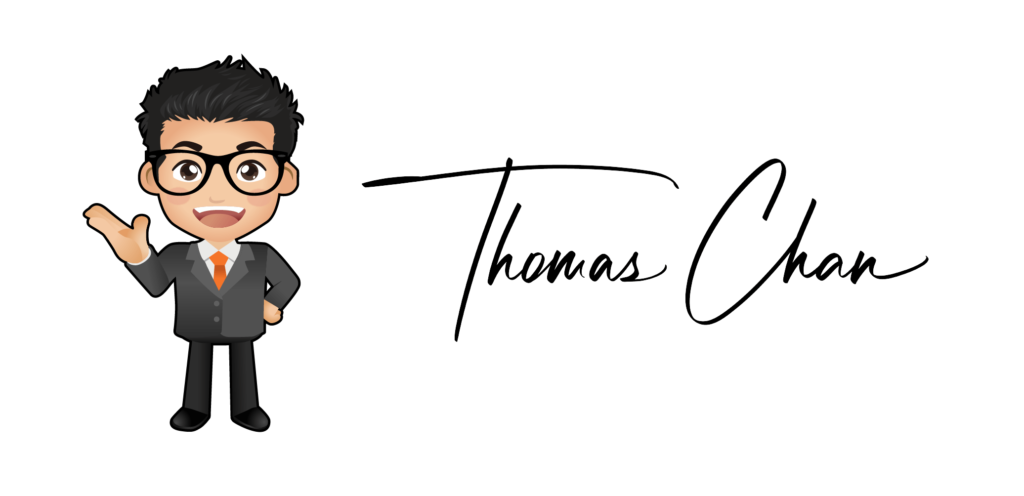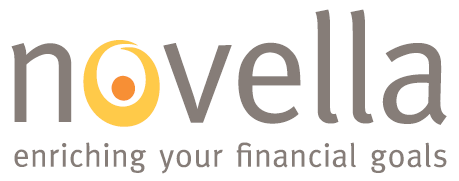Transition into Retirement
Essential Steps to Transition to Retirement: A Complete Guide
Getting ready for retirement can seem like steering through unknown seas, yet it needn’t be an overwhelming voyage. Envisioning your dream retirement life lays the groundwork for smart money management and psychological readiness.
Moreover, we tackle the often-overlooked aspect of debt management before retirement and how entering this life phase debt-free can significantly ease financial burdens. As you edge closer to retirement, grasping the essential transition of your investment approach from one that seeks growth to one that aims at safeguarding your savings from market fluctuations becomes vital for maintaining your financial security.
The Role of Visualization in Retirement Planning
Imagining what your golden years will look like is key to crafting the financial path that leads there. Envisioning your post-work existence isn’t merely fanciful thinking; it’s a deliberate maneuver to navigate you toward the future you yearn for. When you have a clear picture, making decisions on savings and investments becomes more straightforward.
A study highlighted by the National Bureau of Economic Research shows that individuals who visualize their retirement tend to save more effectively, proving that seeing is believing—and saving. So, take some time, and dream big but realistically about those golden years because doing so puts you on the path toward any retirement and YOUR ideal retirement.
Estimating Your Retirement Expenses
Understanding your future expenses is like trying to nail jelly to a wall: tricky but not impossible. Start by looking at your current spending habits, then tweak them for retirement. Remember, some costs will go down (like commuting), but others might go up (hello, healthcare).
A good strategy is categorizing expenses into needs, wants, and wishes. Needs cover the essentials such as housing and groceries; wants could be monthly subscriptions or dining out; wishes are those bucket-list items like traveling the world.
To get more granular with your estimates, online calculators can help you crunch numbers based on lifestyle choices and inflation rates.
Adjusting Your Budget for Retirement
Moving from saving to spending in retirement requires a mindset shift—think of it as recalibrating rather than downsizing. This stage involves reviewing investment accounts and ensuring they align with your risk tolerance now that you’re drawing down instead of bulking up savings.
If possible, test-drive this adjusted budget before retiring fully. You’re backed by the safety net of a steady paycheck by smoothing out potential issues now. Also, consider consulting a wealth coach from Thomas C. Chan Financial Services about tax-efficient withdrawal strategies that protect your nest egg from unnecessary dents.
Last but certainly not least: keep an emergency fund because life loves throwing curveballs regardless of our plans.
Debt Management Before Retirement
Paying down debt before hanging up your work boots is like clearing the runway for a smooth takeoff into retirement. Retiring with as little debt as possible is recommended, and here’s why.
Entering retirement saddled with debt can significantly strain your fixed income, leaving less room for enjoying those golden years you’ve worked so hard for. However, don’t panic; there are effective tactics available to confront this challenge directly.
To start, create a comprehensive list of all debts—yes, even that $50 you owe Uncle Joe. Next, prioritize high-interest debts such as credit card balances; these are notorious for eating away at your finances faster than others. Consider refinancing options or balance transfers if they can lower your interest rates.
A budget overhaul might be in order too. Scrutinize monthly expenses and identify areas where cuts can be made without sacrificing quality of life too much—think dining out less rather than cutting off heat in winter.
If the mountain seems too steep to climb alone, professional advice from a wealth coach could make all the difference.
Investment Strategy Shifts as Retirement Approaches
Finding the right balance between growing your investments and protecting what you’ve accumulated is like walking a tightrope. But it’s not just about maintaining equilibrium; it’s about making strategic shifts at the right time. As you get closer to retirement, pivoting from pursuing vigorous expansion to adopting safeguarding tactics is vital.
This transition doesn’t mean pulling all your funds overnight. It’s more nuanced than that. Easing into the transition, rather than a swift overhaul, balances the scales between mitigating hazards and nurturing expansion opportunities.
The stats are clear: as you get closer to hanging up your work boots for good, safeguarding your nest egg takes precedence over beefing it up further. By gradually adjusting your investments or opting for funds that evolve with time, you can shield your savings from the market’s ups and downs as retirement nears.
Making Your Money Last Longer in Retirement
Longevity Risk and Investment Strategies
As Canadians are enjoying longer lives, the fear of outliving retirement savings is more real than ever. This phenomenon, known as longevity risk, demands a strategic shift in managing our investments post-retirement.
Adjusting your investment strategy is crucial to mitigate the danger of outliving your financial resources. Moving some assets into annuities can provide a steady income stream for life, acting as a safety net against depleting funds too quickly. Another tactic is maintaining a portion of your portfolio in growth-oriented investments, even during retirement. At a quick look, it might feel like a backward step, but the chance for greater gains plays a crucial role in making sure your savings grow at the same rate as rising costs.
Focusing on asset allocation tailored to individual needs rather than adhering strictly to age-based formulas can also make a significant difference. Retirees can navigate towards a more serene retirement period free from the stress of financial instability by thoughtfully diversifying their portfolios in alignment with their own comfort levels and objectives instead of just sticking to traditional advice.
Leveraging Registered Savings Plans for Tax Benefits
Benefits of TFSA Contributions
If you think a Tax-Free Savings Account (TFSA) is just a fancy piggy bank, think again. By contributing to your TFSA, you're telling the taxman to take a hike because its growth and withdrawals are tax-free. Imagine planting a seed that grows into a tree whose fruit you can enjoy without sharing with anyone else—that's your investment in a TFSA. Storing your money in a TFSA isn't merely about keeping it under the mattress; it's a strategic move to nurture your wealth while cleverly avoiding taxes. Whether you’re saving for retirement or planning that dream vacation, every dollar counts more when taxes do not slice it.
Making the Most of Your RRSP
Now let's talk about its older sibling: The Registered Retirement Savings Plan (RRSP). Maximizing contributions here doesn’t just pad your nest egg—it also reduces how much income tax you pay today. Think of an RRSP as both future-you’s safety net and present-you’s tax break. The trick is finding a balance between what goes into your TFSA and what lands in your RRSP each year. This maximizes benefits on both fronts—keeping current taxes lower while ensuring that taxes do not gobble up future withdrawals.
Navigating the Transition Into Retirement
Embarking on the steps to prepare for retirement is like setting sail toward a horizon of financial security. You’ve grasped the significance of picturing your ideal retirement, formulating a budget, and judiciously handling indebtedness.
Remember, adjusting your investment strategy as you near retirement is key. It’s all about balance—growth and protection go hand in hand.
Leveraging tax benefits through registered savings plans can boost your funds. And don’t forget, we’re living longer; make sure your money keeps pace.
Keeping these tactics handy, you’re all set to steer through the journey that lies before you. Start today by speaking with one of our wealth coaches for smoother sailing into your golden years.


